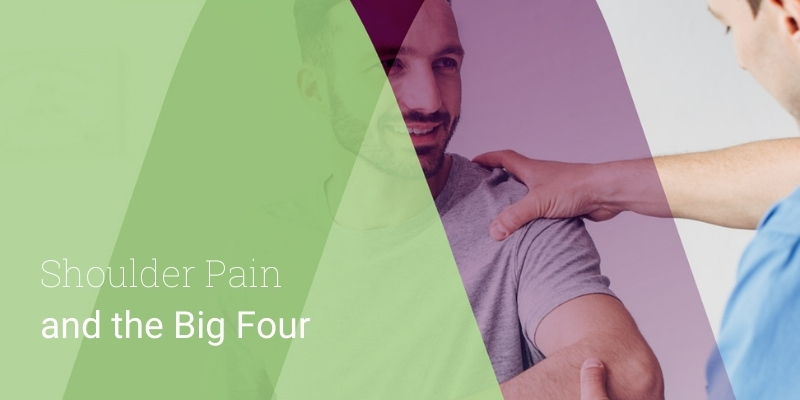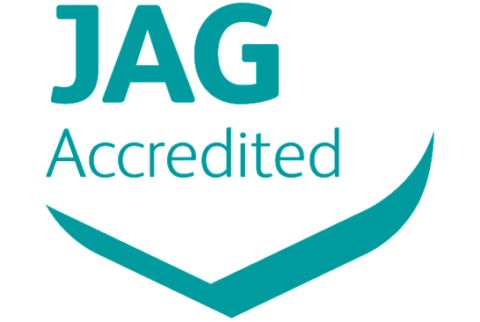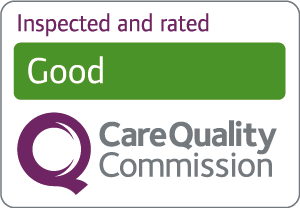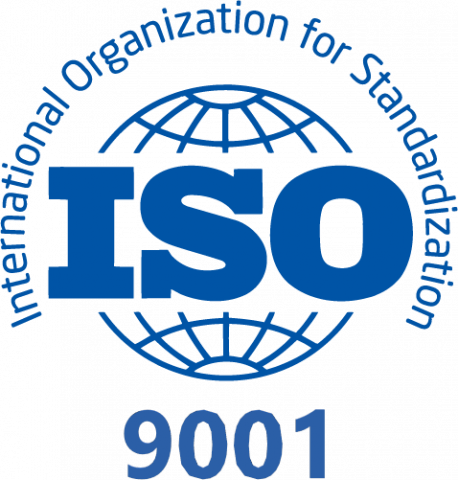
Shoulder pain is one of the most common joint ailments, especially during the current pandemic and the increased number of people working from home. Shoulder pain can depend on several causes. Our Orthopaedic Consultant, Mr Mo Imam, specialised in upper limb conditions and treatment talks about shoulder pain and the Big Four.
Mobility plays a significant role in shoulder pain
The shoulder comprises multiple joints that combine with tendons and muscles to allow a wide range of motion in the arm. Mobility has its price; nonetheless, it may lead to increasing problems with instability or impingement of the soft tissue or bony structures in your shoulder, resulting in pain. You may feel pain only when you move your shoulder or all of the time. The problem may be temporary, or it may continue and require medical diagnosis and treatment.
The shoulder is made up of three bones: the upper arm bone (humerus), the blade (scapula), and the collarbone (clavicle). The head of the upper arm bone fits into a rounded socket in the shoulder blade. This socket is called the glenoid. A combination of muscles and tendons keeps the arm bone centered in the shoulder socket. These tendons are called the rotator cuff. They cover the head of the upper arm bone and attach it to your shoulder blade. Shoulders get their range of motion from the rotator cuff.
Shoulder pain and the Big Four
The Big Four are the four most frequent reason causing shoulder problems fall into four major categories:
- Fracture (broken bone)
- Instability
- Arthritis
- Tendon inflammation (bursitis or tendinitis) or tendon tear
There are other causes of shoulder pain; these include tumours, infection, and nerve-related problems. You can injure your shoulder by performing manual labour, playing sports, or even by repetitive movement.
Certain diseases can bring about pain that travels to the shoulder. These include diseases of the cervical spine (neck) and liver, heart or even gall bladder disease.
Fracture (broken bones)
Shoulder fractures (broken bones) commonly involve the clavicle (collarbone), humerus (upper arm bone), and scapula (shoulder blade). Shoulder fractures in older patients are often the result of a fall from standing height. A high energy injury usually causes these fractures in the younger population, such as road traffic accidents or contact sports injuries, such as rugby and martial arts.
Fracture symptoms
Patients with broken bones usually present with:
- Swelling
- deformity
- bruises
- loss of function
- severe pain (most common symptom)
Tendon conditions
Bursitis
Bursae are small, fluid-filled sacs that are located in joints throughout the body, including the shoulder. They act as cushions (shock absorbers) between bones and the overlying soft tissues and help reduce friction between the gliding muscles and the bone.
Sometimes, excessive use of the shoulder leads to inflammation and swelling of the bursa between the rotator cuff and part of the shoulder blade known as the acromion.
The result is a condition known as subacromial bursitis. Subacromial bursitis is the cause of two-thirds of patients presenting to outpatient clinics with shoulder pain.
Bursitis often occurs in association with rotator cuff tendinitis. The many tissues in the shoulder can become inflamed and painful. Many daily activities, such as combing your hair or getting dressed, may become difficult.
Shoulder Impingement
Shoulder impingement occurs when the top of the shoulder blade (acromion) puts pressure on the underlying soft tissues when the arm is lifted away from the body.
As the arm is raised, the acromion rubs, or "impinges" on, the rotator cuff tendons and bursa. This can lead to bursitis and tendinitis, causing pain and limiting movement.
Tendinitis
A tendon is a cord that connects muscle to bone. Most tendinitis is a result of inflammation in the tendon.
Generally, tendinitis is one of two types:
- Acute - excessive ball throwing or other overhead activities during work or sport can lead to acute tendinitis.
- Chronic - degenerative diseases like arthritis or repetitive wear and tear due to age can lead to chronic tendinitis.
The most commonly affected tendons in the shoulder are the four rotator cuff tendons and one of the biceps tendons. The rotator cuff is made up of four small muscles and their tendons covering the head of your upper arm bone and keeping it in the shoulder socket. Your rotator cuff helps provide shoulder motion and stability.
Tendon Tears
Splitting and tearing of tendons may result from acute injury or degenerative changes in the tendons due to advancing age, long-term overuse and wear and tear, or a sudden injury. These tears may be partial or may completely separate the tendon from its attachment to bone. In most cases of complete tears, the tendon is pulled away from its attachment to the bone. Rotator cuff and biceps tendon injuries are among the most common of these injuries.
Instability
Shoulder instability occurs when the head of the upper arm bone is forced out of the shoulder socket.
This can happen as a result of a sudden injury or from overuse.
Subluxation
Shoulder dislocations can be partial, with the upper arm's ball coming just partially out of the socket; this is called a subluxation. A complete dislocation means the ball comes out of the socket.
Once the ligaments, tendons, and muscles around the shoulder become loose or torn, dislocations can occur repeatedly. Recurring dislocations, which may be partial or complete, cause pain and unsteadiness when you raise your arm or move it away from your body.
Repeated episodes of subluxations or dislocations lead to an increased risk of developing arthritis in the joint.
Frozen shoulder
Frozen shoulder is the opposite, and that happens when the capsule contracts leading to limitation of the range of motion. Consequently, you will struggle to lift your arm up (actively); moreover, you won't be able to lift it with the help of the other arm or even a friend (passive limitation of movement).
Arthritis
Shoulder pain can also result from arthritis.
There are many types of arthritis. The most common type of arthritis in the shoulder is osteoarthritis, also known as "wear and tear" arthritis.
Symptoms such as swelling, pain, and stiffness typically begin during middle age. Osteoarthritis develops slowly, and the pain worsens over time.
Osteoarthritis may be related to sports or work injuries or chronic wear and tear.
Other types of arthritis can be connected to rotator cuff tears, infection, or joint lining inflammation.
Often people will avoid shoulder movements in an attempt to lessen arthritis pain. This sometimes leads to a tightening or stiffening of the joint's soft tissue parts, resulting in a painful motion restriction.
How is the cause of shoulder pain diagnosed?
In routine clinical practice, the diagnosis of a particular shoulder condition is best made on history, clinical examination, and special tests, usually with Imaging.
We use all of them in conjunction with each other as “clusters” rather than isolated.
You should contact your doctor if you experience:
- fever
- inability to move your shoulder
- lasting bruising, heat
- tenderness around the joint
- or pain that persists beyond a few weeks of home treatment
If your shoulder pain is sudden and not related to an injury, call help immediately. It may be a sign of a heart attack.
Treatment will depend on the cause and severity of the shoulder pain. Some treatment options include physiotherapy, exercises, steroid injections, or surgery.
At New Victoria Hospital, our multidisciplinary approach will allow you to have fast-track access to a team of specialists made of Orthopaedic Surgeons, Rheumatologists, Physiotherapists and Radiologists, for a rapid diagnosis, treatment path and recovery.
If you would like to discuss your shoulder pain with one of our Orthopaedic Consultants, you can book an appointment by calling our Outpatient Department on 020 8949 9020 or:












